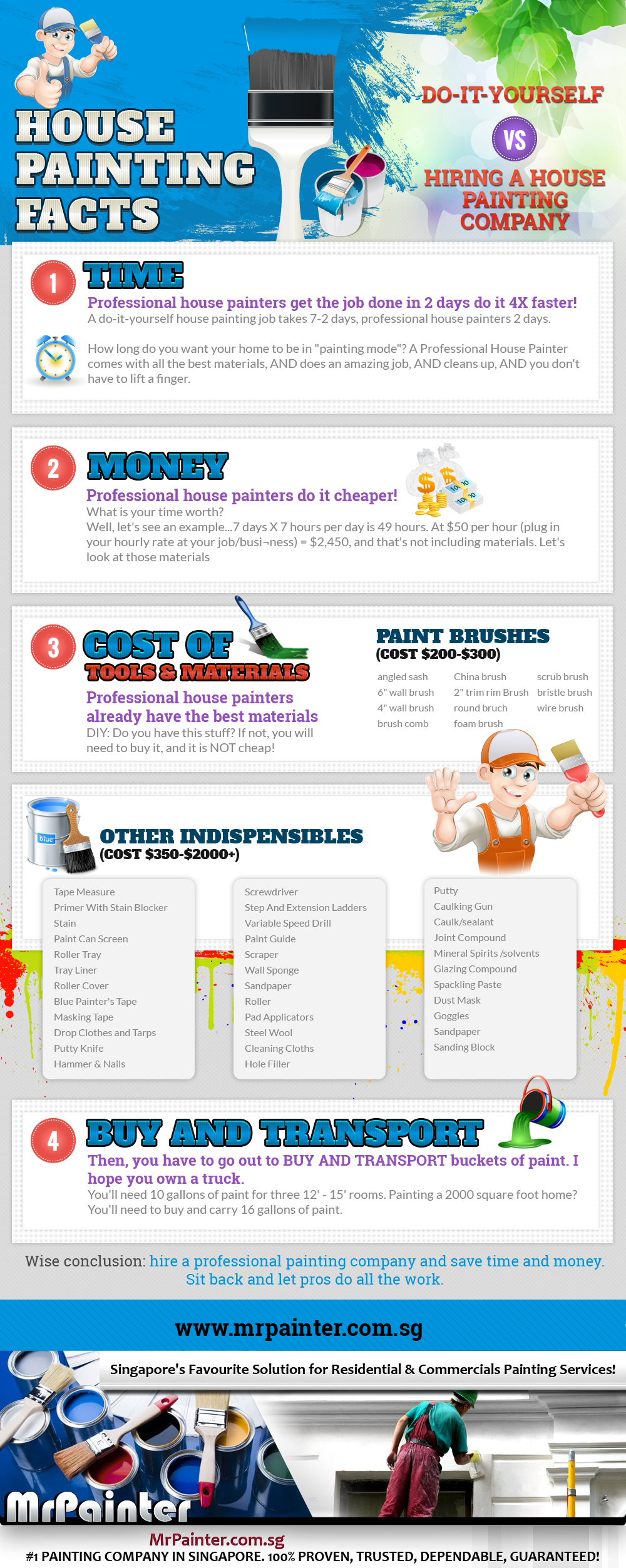Discover How Seasonal Impacts Can Affect The Efficiency Of Commercial External Paint And Figure Out The Most Positive Times To Make Certain Sturdy Outcomes For Your Job
Discover How Seasonal Impacts Can Affect The Efficiency Of Commercial External Paint And Figure Out The Most Positive Times To Make Certain Sturdy Outcomes For Your Job
Blog Article
Content By-McLamb Celik
When you're planning a commercial external paint task, seasonal aspects can make or damage your outcomes. You'll want to take into consideration exactly how temperature and humidity effect paint application and drying times. Choosing the best season can ensure your paint sticks properly and lasts longer. But which periods are truly the best for this sort of work? Let's check out the crucial elements that can influence your project's success.
The Impact of Temperature Level on Paint Application
When you're intending a commercial outside paint project, the temperature level can considerably impact exactly how well the paint adheres and dries.
Ideally, interior painter intend to repaint when temperature levels vary between 50 ° F and 85 ° F. If it's also cold, the paint may not treat appropriately, resulting in problems like peeling or breaking.
On the other hand, if it's too warm, the paint can dry out too promptly, stopping appropriate adhesion and resulting in an uneven coating.
You should likewise consider the time of day; early morning or late afternoon uses cooler temperatures, which can be extra positive.
Constantly inspect the manufacturer's suggestions for the details paint you're making use of, as they frequently offer advice on the perfect temperature level range for optimal outcomes.
Humidity and Its Result on Drying Times
Temperature level isn't the only environmental factor that affects your industrial outside painting task; humidity plays a substantial function too. High moisture degrees can reduce drying times dramatically, affecting the general quality of your paint job.
When the air is filled with dampness, the paint takes longer to treat, which can bring about concerns like inadequate attachment and a higher danger of mildew growth. If you're repainting on a particularly moist day, be planned for extensive delay times in between layers.
It's essential to check local climate condition and strategy accordingly. Preferably, go for moisture levels between 40% and 70% for optimum drying out.
Keeping these factors in mind ensures your task stays on track and delivers a lasting coating.
Best Seasons for Commercial Exterior Paint Projects
What's the best season for your business exterior painting projects?
Springtime and early fall are typically your best choices. Throughout these seasons, temperature levels are mild, and moisture degrees are typically lower, developing ideal conditions for paint application and drying out.
Avoid summer season's intense heat, which can trigger paint to completely dry too swiftly, causing poor bond and surface. In a similar way, wintertime's cold temperatures can hinder proper drying out and curing, running the risk of the longevity of your paint work.
Go for days with temperature levels in between 50 ° F and 85 ° F for optimum outcomes. Bear in mind to check the regional weather prediction for rain, as damp conditions can ruin your job.
Preparation around these elements guarantees your painting project runs smoothly and lasts much longer.
Verdict
In conclusion, preparing your industrial external paint jobs around seasonal considerations can make a substantial distinction in the outcome. By scheduling work during the suitable temperatures and humidity levels, you'll make sure much better bond and drying times. Keep in mind to watch on neighborhood weather prediction and choose the correct time of year-- spring and very early loss are your best choices. Taking https://www.thrillist.com/lifestyle/nation/what-to-do-before-you-paint-a-room-painting-tips-how-to-paint-like-a-pro will assist you achieve a durable and expert surface that lasts.
